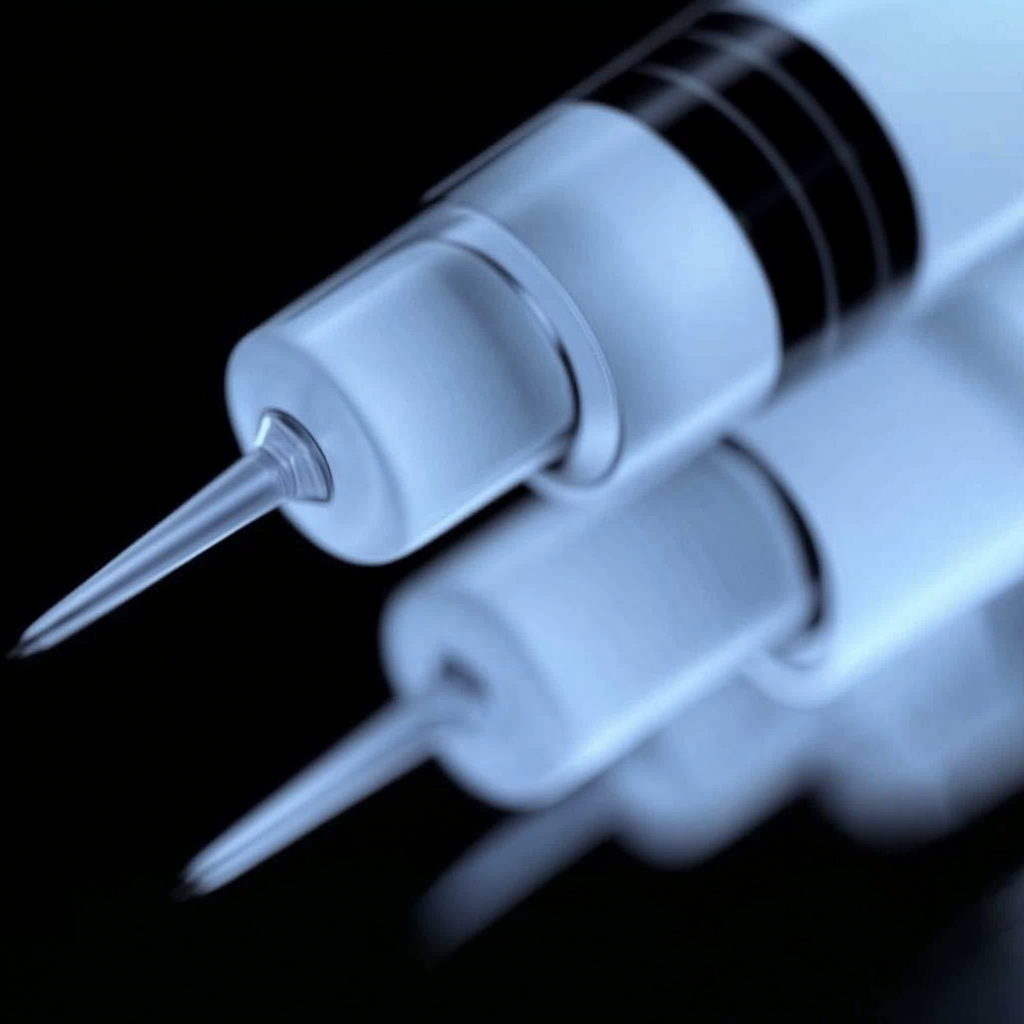Pol Merkur Lekarski. 2025;53(2):174-178. doi: 10.36740/Merkur202502104.
ABSTRACT
OBJECTIVE: Aim: To determine the effectiveness of a multidisciplinary rehabilitation program (MRP), integrating mesenchymal stem cells (MSCs) therapy, acupuncture, physiotherapy and physical exercises, in improving the functional recovery in patients with combat-related injuries and chronic critical lower limb ischemia (CCLLI).
PATIENTS AND METHODS: Materials and Methods: A six-month comparative clinical trial was conducted involving 40 male patients (mean age [mean ± standard error] 62,5±2,3 years) diagnosed with CCLLI, including 10 individuals with combat-related injuries, being randomized into 2 groups: the MSCs group (main group [MG]) (n=20) received MRP, including autologous MSCs therapy; the control group (CG) (n=20) received standard therapy only. Five patients with gunshot wounds were randomly assigned to each group.
RESULTS: Results: MG patients presented with significant increase in ankle-brachial index and VAS pain score decrease, being more pronounced as opposed to CG. Walking distance improvement was achieved in 75% of MG patients vs. 40% in CG (p<0,01). Trophic ulcers healed in 100% of MG patients (vs 25% in CG [p<0,01]). After treatment, only 1 (5%) patient in the MG remained at risk of lower limb amputation, as compared to 8 (40%) patients in the CG (p<0,05) (RR 0,13 [95% CI 0,02-0,91]; p<0,05).
CONCLUSION: Conclusions: The implementation of MRP, integrating MSCs therapy, led to significant improvements in pain relief, tissue regeneration and overall functional recovery in patients with CCLLI, particularly those with military-related injuries, favouring the reduction of the risk of lower limb amputation.
PMID:40322799 | DOI:10.36740/Merkur202502104
